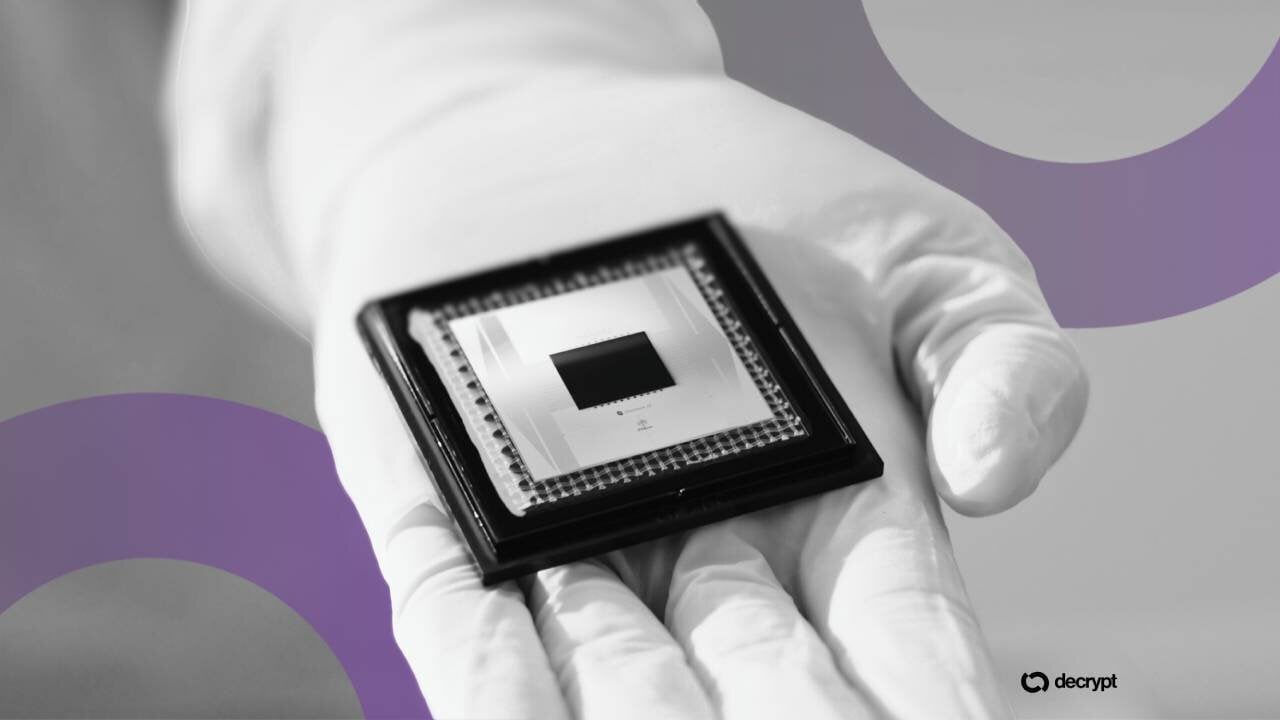PayPal Expands PYUSD Stablecoin to Nine Blockchains with LayerZero Integration

- PayPal expands PYUSD to nine blockchains with PYUSD0, unifying stablecoin liquidity.
- Expansion to Tron, Avalanche and more boosts PayPal’s reach in stablecoin markets.
- PYUSD0 uses Paxos, Stargate, and LayerZero to enable seamless cross-chain transfers.
PayPal has expanded its U.S. dollar-backed stablecoin, PayPal USD (PYUSD), to nine additional blockchains via LayerZero’s Omnichain Fungible Token (OFT) standard. The expansion introduces a permissionless token called PYUSD0 that can unify liquidity across the supported blockchains.
PYUSD0 expands the stablecoin beyond its native platforms on Ethereum, Solana, Arbitrum, and Stellar. The new integrations include Abstract, Aptos, Avalanche, Ink, Sei, Stable, and Tron. Bridged versions on Berachain and Flow will also switch to PYUSD0.
According to the announcement, users do not need to take any action. Whether held as PYUSD or PYUSD0, the stablecoin is entirely fungible and can be redeemed 1:1 for U.S. dollars.
Role of LayerZero and Stargate Hydra
The integration is based on LayerZero’s Stargate Hydra model, a framework designed to extend assets from a hub blockchain to spoke blockchains. With LayerZero acquiring Stargate, the Hydra model is now being used directly to expand PYUSD availability.
The PYUSD0 stablecoin is issued by Paxos and backed by U.S. dollars. Stargate will function as the interface for value transfer, and LayerZero will function as the rail for cross-chain distribution. Notably, LayerZero will support minting, burning and deployment on multiple blockchains.
Through this structure, users will be able to transfer PYUSD across networks without the slippage or reliance on the banks.
Further, LayerZero’s interoperability allows holders of PYUSD0 to move funds seamlessly across blockchains while maintaining their composability and security.
Strategic Benefits of the Expansion
According to the company, the new markets gain faster access to PYUSD, which is now accessible on more than 140 supported blockchains. Developers can also use a regulated PayPal-branded stablecoin within applications. In addition, users have the option to transfer value across blockchains without relying on banks.
According to executives, the arrangement supports compliance while providing faster access to new markets. David Weber, Head of PayPal USD’s ecosystem, said, “By working together, we will enable PYUSD to reach new markets faster while maintaining compliance and composability from day one.”
Bryan Pellegrino, Co-Founder and CEO of LayerZero Labs, added, “With PYUSD0, PayPal USD expands its reach and flexibility to work across today’s networks and tomorrow’s. Launches like this make it obvious that we are at the start of a global financial market that breaks down borders and works around the clock.”
Also Read: Visa Boosts Stablecoin Settlement with PYUSD, USDG, EURC and Blockchain Support
Stablecoin market growth and PayPal’s blockchain strategy
According to CoinMarketCap, PayPal USD (PYUSD) currently has a circulating supply of about $1.3 billion up from around $520 million at the beginning of 2025.
The growth follows the stablecoin market, reaching a value of over $270 billion. By extending PYUSD to high-throughput blockchains like Tron and Avalanche, PayPal positions itself against its competitors, such as Tether’s USDT and Circle’s USDC.
Tron also processes around nine million transactions daily and hosts over 332 million accounts, which represents a significant opportunity.
Furthermore, PayPal also launched PayPal Links, a peer-to-peer payments tool that allows payments to be made through custom links. According to the company, support for cryptocurrencies, including Bitcoin, Ether, and PYUSD across PayPal, Venmo and other compatible wallets, will follow.
Also Read: PayPal Expands Peer-to-Peer Payments With Bitcoin, Ethereum, and Stablecoin PYUSD
You May Also Like

Ethereum Set to Debut ‘Key to Layer-2 Scaling’ as Fusaka Upgrade Clears Final Test

IBM’s Quantum ‘Cat’ Roars: 120-Qubit Breakthrough Pushes Bitcoin’s Encryption Risk Closer
